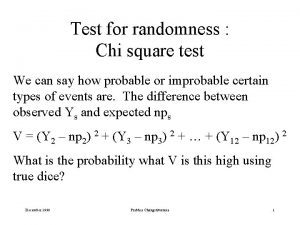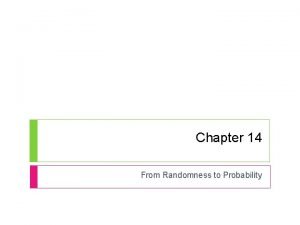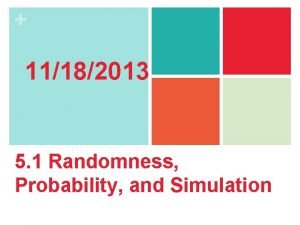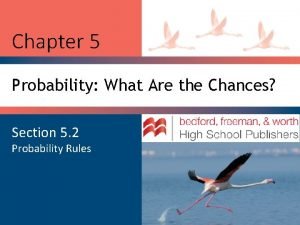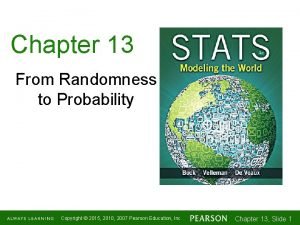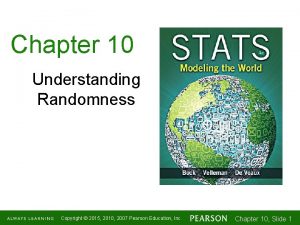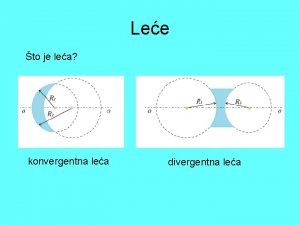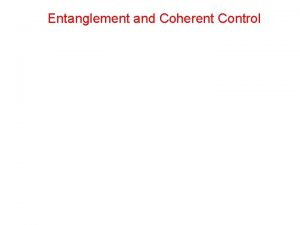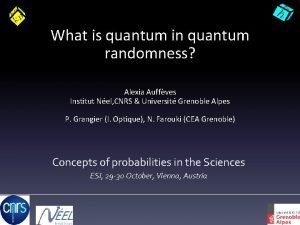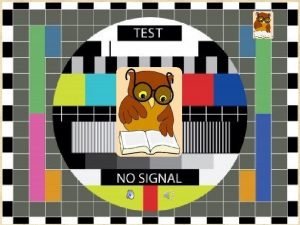Using Randomness for Coherent Quantum Control Lea F







- Slides: 7

Using Randomness for Coherent Quantum Control Lea F. Santos and Lorenza Viola Department of Physics and Astronomy Dartmouth College • Deterministic vs. RANDOM dynamical decoupling Randomization may be more advantageous when i) large control groups/ long time intervals Viola & Knill, PRL 94, 060502 (2005) and/or ii) rapidly fluctuating interactions • Santos & Viola, forthcoming Single qubit: decoherence suppression Identify situations where a random protocol is more suitable combining protocols leads to a better performance

Decoherence from a Quantum Bosonic Environment Model is exactly solvable Interaction picture: Decoherence function in the absence of control, Ohmic bath: system-bath interaction strength bath temperature bath correlation time High T Low T

Deterministic Dynamical Decoupling Goal: Average out the interaction with the environment Bang-Bang: Arbitrarily strong and instantaneous control operations drawn from a group Sequences of bang-bang operations + free evolutions Low T Cyclic dynamical scheme: + - Viola & Lloyd, PRA 94, 060502 (1998) Viola et al, PRL 82, 2417 (1999) Decoupling if High T

Random Dynamical Decoupling Naïve random protocol: at pulse (PAREC method) Hybrid protocol: combines deterministic and random protocols (embeds a deterministic scheme into a stochastic one) Acyclic. Toggling/logical frame – evolution follows the applied control

Deterministic vs. Random Decoupling: Numerical Results Fixed time interval: i) large number of control pulses: all protocols are equivalent ii) small number of control pulses: hybrid may perform better High T Low T * * deterministic no control + + hybrid random

Time-Dependent Coupling High T * * deterministic no control random Random pulses may be safer

Conclusions • Comparison between deterministic and RANDOM dynamical decoupling for a single qubit + quantum environment • There are situations where combined protocols (deterministic + random) may perform better (hybrid protocol) randomized control is more recommendable [when the coupling is fast oscillating, for example] • Further work is necessary to expand the analysis References: • L. Viola and S. Lloyd, PRA 94, 060502 (1998) • L. Viola, E. Knill and S. Lloyd, PRL 82, 2417 (1999) • L. Viola and E. Knill, PRL 94, 060502 (2005) • O. Kern , G. Alber and D. L. Shepelyansky, Eur. Phys. J. D 32, 153 (2005) • O. Kern and G. Alber, quant-ph/0506038 • L. F. Santos and L. Viola, forthcoming


